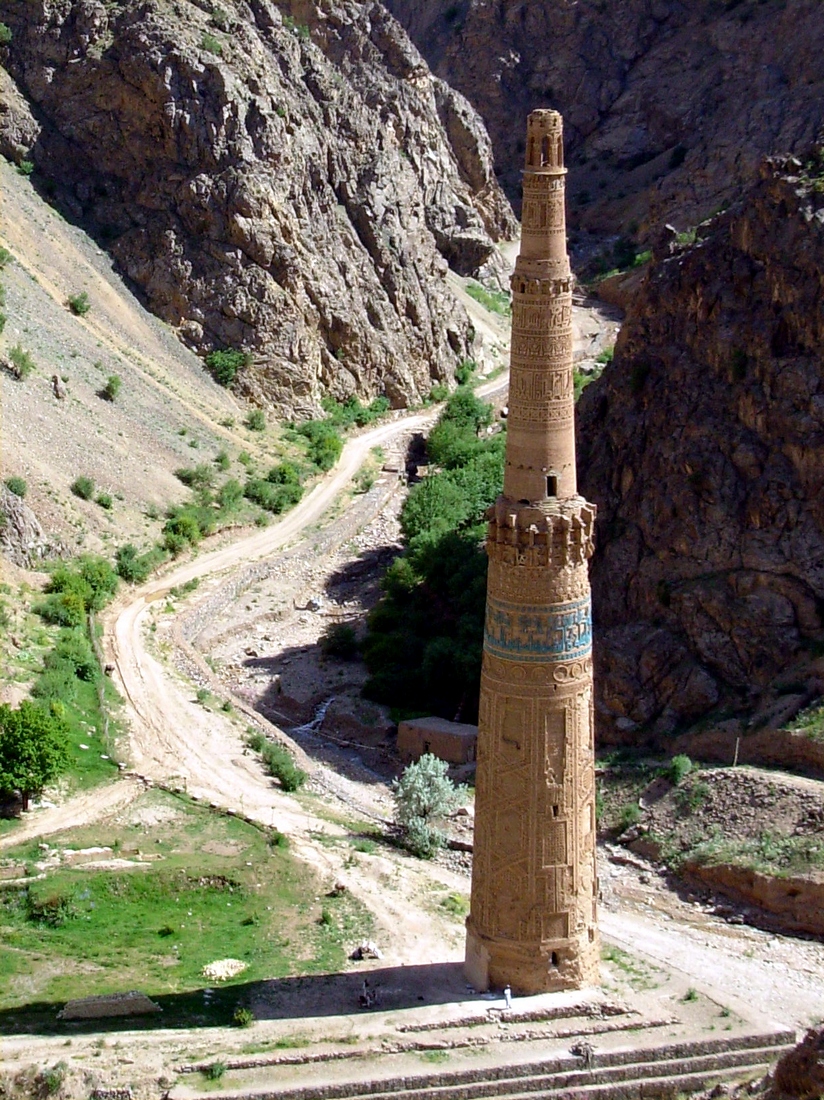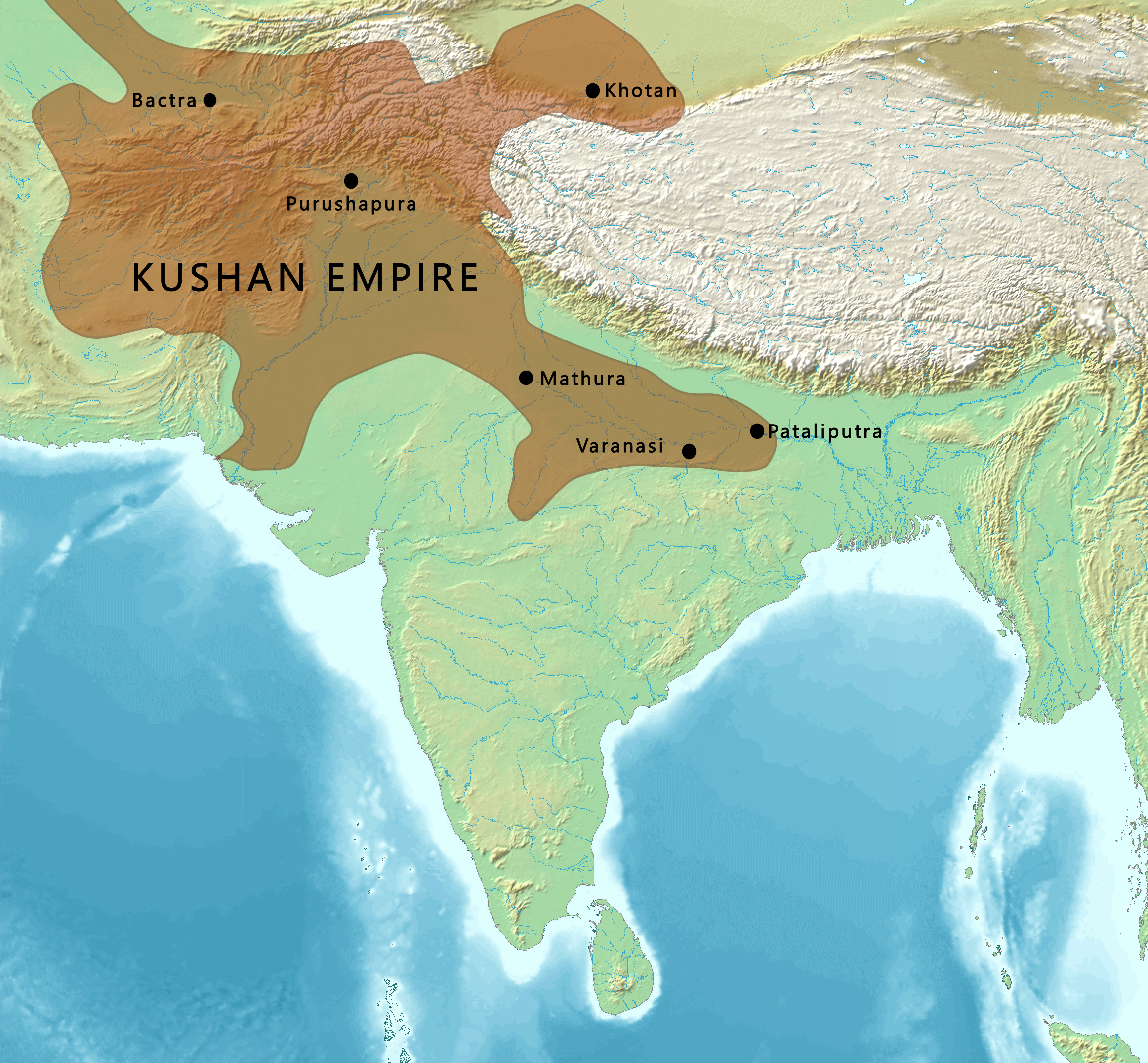|
Chaghcharan
Chaghcharān ( Dari/Pashto: ), also called Firozkoh ( Dari/Pashto: ), is a town and district in central Afghanistan, which serves as the capital of Ghor Province. It is located on the southern side of the Hari River, at an altitude of 2,230 m above sea level. Chaghcharan is linked by a long highway with Herat to the west (following the south side of Paropamisus Mountains (''Selseleh-ye Safīd Kūh'')), and a long highway with Kabul to the east. The town is served by Chaghcharan Airport. Chaghcharan has a population of roughly 15,000 who are mostly Dari and Pashto speakers. However, data from 2015 showed a population of 31,266. It has 1 district and a total land area of 2,614 hectares. The total number of dwellings in the city is 3,474. History Medieval Prior to the arrival of Islam the region's inhabitants practiced various different religions including Zoroastrianism, Buddhism, Hinduism. The Islamic conquest of Afghanistan by Sultan Mahmud of Ghazni took place in the 10 ... [...More Info...] [...Related Items...] OR: [Wikipedia] [Google] [Baidu] |
Ghor Province
Ghōr, also spelled Ghowr or Ghur (), is one of the thirty-four provinces of Afghanistan. It is located in the western Hindu Kush in central Afghanistan, towards the northwest. The province contains eleven Districts of Afghanistan, districts, encompassing hundreds of villages, and approximately 764,472 settled people. Chaghcharan, Firuzkoh (known as “Chaghcharan” until 2014) is the capital of the province. Etymology The ancient Indo-European languages, Indo-European, Sogdian language, Sogdian ''gor-''/''gur-'' ("mountain"-) is well preserved in all Slavic languages, Slavic ''gor-''/''gór- (goor-/gur-)'', e.g.: Gorals, Goran (Slavic name), Goran, Goranci (other), Goranci, Góra (other), Góra, Gora, Russia, Gora..., in Iranian languages, e.g.: Gorani language, Guran (Kurdish tribe). The Polish language, Polish notation using ''gór-'' ("ó" stands for a sound between English language, English "oo" and "u") instead of the popular ''gur-'' or ''ghur-'' preserv ... [...More Info...] [...Related Items...] OR: [Wikipedia] [Google] [Baidu] |
Chaghcharan Airport
The Sultan Ghiyassuddin Ghori Airport (; ; ), also known as Chaghcharan Airport, is located in the eastern section of Chaghcharan, which is the capital of Ghor Province in Afghanistan. Named after Sultan Ghiyassuddin Ghori, it is a domestic airport under the country's Ministry of Transport and Civil Aviation, and serves the population of Ghor. Sitting at an elevation of above sea level, the Sultan Ghiyassuddin Ghori Airpor has one asphalt runway measuring . It is capable of supporting small to medium (C130) sized aircraft. The Hari River runs south and east of the airport. The International Security Assistance Force became occupants of the airport until their mission ended in late 2014. It was developed and made more useful during that time. The other closest airports to Chaghcharan are: Maymana Airport in Faryab Province to the north; Bamyan Airport in Bamyan Province to the east; Nili Airport in Daykundi Province to the southeast; Bost Airport in Helmand Province to the sou ... [...More Info...] [...Related Items...] OR: [Wikipedia] [Google] [Baidu] |
Paropamisus Mountains
The Paropamisus Mountains on www.ezilon.com (locally known as Selseleh-ye Safīd Kūh"Herāt" in: Encyclopedia Britannica, 29 Jun. 2021, Accessed 6 January 2022, ATTENTION: The name there is right but the link in the article is wrong and leading to the other ″Selseleh-ye Safīd Kūh″ Spīn Ghar.) is a in north western stretching c ... [...More Info...] [...Related Items...] OR: [Wikipedia] [Google] [Baidu] |
Provinces Of Afghanistan
The provinces of Afghanistan ( ''Wilayah, wilāyat'') are the primary administrative divisions. Afghanistan is divided into 34 provinces. Each province encompasses a number of Districts of Afghanistan, districts or usually over 1,000 villages. Provincial governors played a critical role in the reconstruction of the Afghan state following the creation of the new government under Hamid Karzai. According to international security scholar Dipali Mukhopadhyay, many of the provincial governors of the western-backed government were former warlords who were incorporated into the political system. Provinces of Afghanistan Administrative The following table lists the province, capital, number of districts, UN region, region, ISO 3166-2:AF code and license plate code. Demographic The following table lists the province, population in 2024, area in square kilometers and population density. Regions of Afghanistan The following tables summarize data from the demographic ... [...More Info...] [...Related Items...] OR: [Wikipedia] [Google] [Baidu] |
Firozkoh
Firozkoh ( Persian: فیروزکوه, ''Fīrōzkōh''), or Turquoise Mountain, was the summer capital of the Ghurid dynasty, in the Ghor Province of central Afghanistan. It was reputedly one of the greatest cities of its age, but was destroyed in 1223 after a siege by Tolui, son of Genghis Khan. The location of the city was lost to history. It has been proposed that the Minaret of Jam, in Shahrak District, Ghor Province, is the only standing remains of the city. History The city was founded in 1146 by a member of the Ghurid dynasty, Qutb al-Din Muhammad. The Ghurid sultanate was brought to prominence in 1150 by Ala Al-Din Husayn, al-Din Muhammad's brother, who overthrew the previous Ghaznavid dynasty and burned their capital city, Ghazna, killing up to 60,000 inhabitants. A historian of the dynasty, Minhaj al-Siraj Juzjani, wrote that the remaining citizens of Ghazna, imprisoned, were used to transport building supplies to Firozkoh. Juzjani also claims that the blood of ... [...More Info...] [...Related Items...] OR: [Wikipedia] [Google] [Baidu] |
Herat
Herāt (; Dari/Pashto: هرات) is an oasis city and the third-largest city in Afghanistan. In 2020, it had an estimated population of 574,276, and serves as the capital of Herat Province, situated south of the Paropamisus Mountains (''Selseleh-ye Safēd Kōh'') in the fertile valley of the Hari River in the western part of the country. An ancient civilization on the Silk Road between West Asia, Central Asia, and South Asia, it serves as a regional hub in the country's west. Herat dates back to Avestan times and was traditionally known for its wine. The city has a number of historic sites, including the Herat Citadel and the Musalla Complex. During the Middle Ages, Herat became one of the important cities of Khorasan, as it was known as the ''Pearl of Khorasan''. After its conquest by Tamerlane, the city became an important center of intellectual and artistic life in the Islamic world. Under the rule of Shah Rukh, the city served as the focal point of the Timurid Re ... [...More Info...] [...Related Items...] OR: [Wikipedia] [Google] [Baidu] |
Kabul
Kabul is the capital and largest city of Afghanistan. Located in the eastern half of the country, it is also a municipality, forming part of the Kabul Province. The city is divided for administration into #Districts, 22 municipal districts. A 2025 estimate puts the city's population at 7.175 million. In contemporary times, Kabul has served as Afghanistan's political, cultural and economical center. Rapid urbanisation has made it the country's primate city and one of the largest cities in the world. The modern-day city of Kabul is located high in a narrow valley in the Hindu Kush mountain range, and is bounded by the Kabul River. At an elevation of , it is one of the List of capital cities by elevation, highest capital cities in the world. The center of the city contains its old neighborhoods, including the areas of Khashti Bridge, Khabgah, Kahforoshi, Saraji, Chandavel, Shorbazar, Deh-Afghanan and Ghaderdiwane. Kabul is said to be over 3,500 years old, and was mentioned at the ... [...More Info...] [...Related Items...] OR: [Wikipedia] [Google] [Baidu] |
Ghurids
The Ghurid dynasty (also spelled Ghorids; ; self-designation: , ''Šansabānī'') was a Persianate dynasty of eastern Iranian Tajik origin, which ruled from the 8th-century in the region of Ghor, and became an Empire from 1175 to 1215. The Ghurids were centered in the hills of the Ghor region in the present-day central Afghanistan, where they initially started out as local chiefs. They gradually converted to Sunni Islam after the conquest of Ghor by the Ghaznavid ruler Mahmud of Ghazni in 1011. The Ghurids eventually overran the Ghaznavids when Muhammad of Ghor seized Lahore and expelled the Ghaznavids from their last stronghold. The Ghurids initially ruled as vassals of the Ghaznavids and later of the Seljuks. However, during the early twelfth century the long-standing rivalry between the Seljuks and Ghaznavids created a power vacuum in eastern Afghanistan and Panjab which the Ghurids took advantage of and began their territorial expansion. Ala al-Din Husayn ended t ... [...More Info...] [...Related Items...] OR: [Wikipedia] [Google] [Baidu] |
Minaret Of Jam
The Minaret of Jam (Pashto and ) is a UNESCO World Heritage Site in western Afghanistan. It is located in a remote and nearly inaccessible region of the Shahrak District, Ghor Province, next to the Hari River. The or high minaret was built entirely of baked bricks and is famous for its intricate brick, stucco and glazed tile decoration, which consists of alternating bands of kufic and naskhi calligraphy, geometric patterns, and verses from the Qur'an. Since 2002, the minaret has remained on the list of World Heritage in Danger, under serious threat of erosion, and has not been actively preserved. In 2014, the BBC reported that the tower was in imminent danger of collapse. In 2020, the Minaret of Jam was listed among cultural heritage sites of the Islamic world by the Islamic World Educational, Scientific and Cultural Organization (ICESCO). According to the Afghan Ministry of Foreign Affairs (MoFA), the Minaret of Jam is Afghanistan's first cultural heritage site to be listed ... [...More Info...] [...Related Items...] OR: [Wikipedia] [Google] [Baidu] |
UNESCO World Heritage Site
World Heritage Sites are landmarks and areas with legal protection under an treaty, international treaty administered by UNESCO for having cultural, historical, or scientific significance. The sites are judged to contain "cultural and natural heritage around the world considered to be of outstanding value to humanity". To be selected, a World Heritage Site is nominated by its host country and determined by the UNESCO's World Heritage Committee to be a unique landmark which is geographically and historically identifiable, having a special cultural or physical significance, and to be under a sufficient system of legal protection. World Heritage Sites might be ancient ruins or historical structures, buildings, cities, deserts, forests, islands, lakes, monuments, mountains or wilderness areas, and others. A World Heritage Site may signify a remarkable accomplishment of humankind and serve as evidence of humanity's intellectual history on the planet, or it might be a place of grea ... [...More Info...] [...Related Items...] OR: [Wikipedia] [Google] [Baidu] |
Hari (Afghanistan)
The Hari River ( or ; ) or Herat River or Tejen River or Harirud is a river flowing from the mountains of central Afghanistan to Turkmenistan, where it forms the Tejen oasis and disappears in the Karakum Desert. In its lower course, the river forms a northern part of the border between Afghanistan and Iran, and a southeastern part of the border between Turkmenistan and Iran. The name of the river derives from the Old Persian word Harawaiah 'river rich in water'. In Turkmenistan, the Hari is known as the Tejen or Tedzhen river and passes close to the city of Tejen. To the ancient Greeks, it was known as the Arius. In Latin, it was known as the Tarius. History One theory suggests that the Rigvedic Sarayu and the Hari are the same river. A Buddhist monastery hand-carved in the bluff of the river Harirud existed in the first centuries during the prevalence of Buddhism. The artificial caves revealed testimony of daily life of the Buddhist monks. Course The river originat ... [...More Info...] [...Related Items...] OR: [Wikipedia] [Google] [Baidu] |



